Mould loves warm, damp spots, especially without proper airflow. Steamy showers and poor ventilation can turn your bathroom into a mould haven. Not only is mould unsightly, but it can also raise health concerns. Improving air circulation in your bathroom can really help keep mould at bay.
Letting natural light into your bathroom is a handy way to fight mould. Mould loves dark, damp places, so brightening up with natural light, along with good airflow, can really help. This combination creates an environment where mould struggles to thrive.
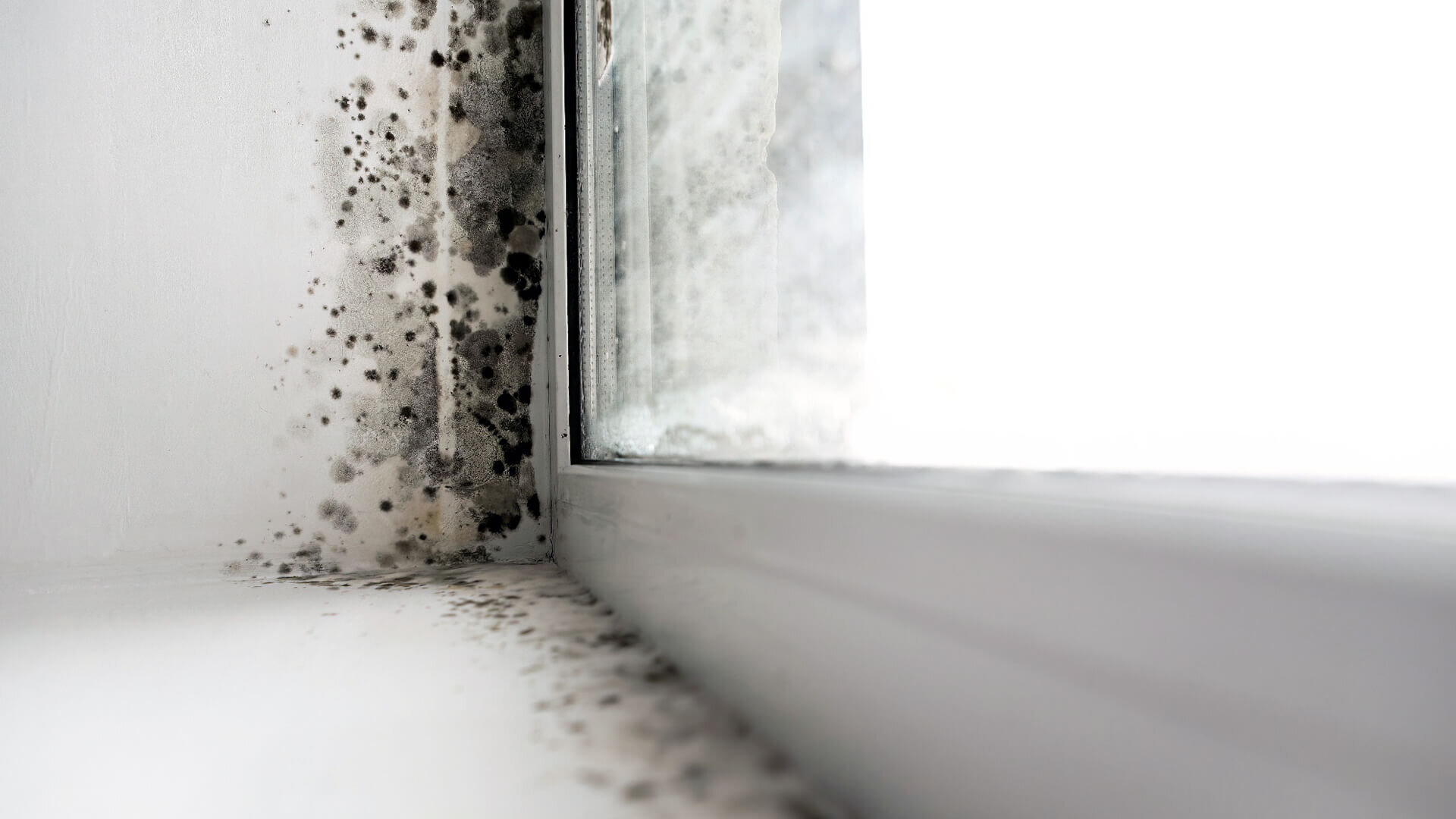
Removing mould from your bathroom doesn’t have to be complicated. But before we look at the best ways to clean mould from your bathroom, let’s look at some common causes of mould.
Causes Of Mould In Bathroom
Mould spores and growth are commonly promoted in dark, damp areas, precisely what a bathroom is. You may use hot water to shower and relax while creating the perfect environment for this uninvited visitor.
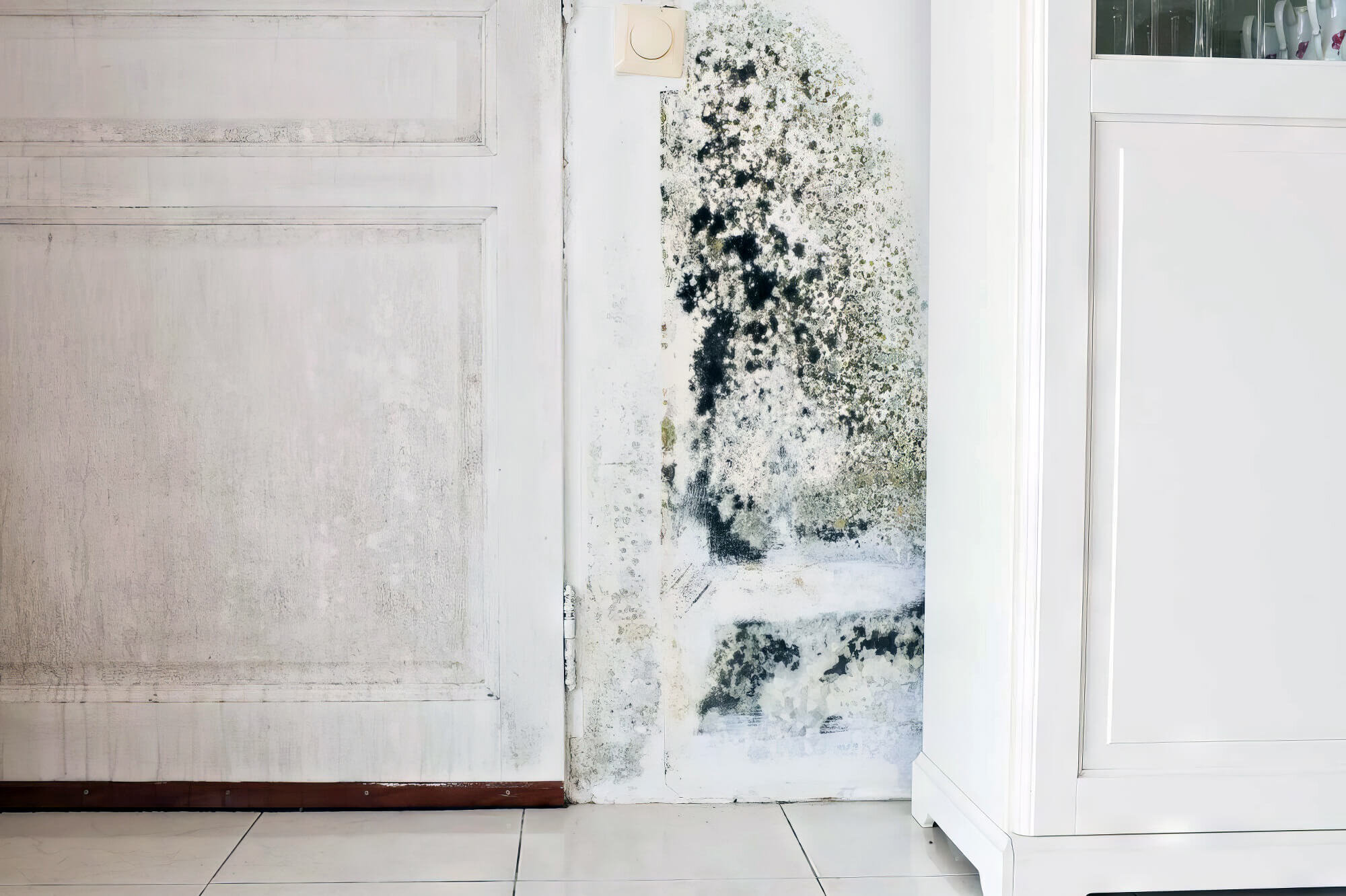
There are several reasons for mould growth, the primary one being humidity from warm showers. Apart from that, a lack of ventilation can contribute to mould formation in ventilation.
This is because the moisture levels and humidity in the bathroom have nowhere to go, leaving the bathroom walls slightly damp and creating moisture that mould feeds on.
Another reason for excessive mould growth is leaky toilets, taps and drain pipes. These leaks are often hidden, giving them more than enough time to seep into the flooring and bathroom walls. Even damp cellulose materials like plasterboard, fabric, and grout are Areas where mould grows due to their moisture.
Preventing Mould In the Bathroom
Mould can be a real nuisance, but you can take steps to avoid it. While these tips won’t remove existing mould, they can help prevent it from forming in the first place.
1. Leave The Windows Open

Lingering moisture after showering often leads to mould. To combat this, simply keep the bathroom window open post-shower. This lets moisture escape, helping to keep your bathroom mould-free.
When the bathroom is adequately ventilated, the chances of condensation seeping into the walls, windows or ceiling are reduced. This further eliminates the probability of mould growth.
If you do not have windows installed in your bathroom, try using a dehumidifier or a ventilator fan. Both these devices are designed to eliminate any excess moisture, so you do not have to depend on windows for ventilation. If you have a bathroom exhaust fan, switching it on after a shower will help keep your bathroom ventilated.
2. Clean The Shower
Maintenance and a bit of elbow grease are critical in mould prevention. Clean the shower recesses, including shower trays and panels, with a dry cloth to eliminate the probability of mould growth. This process and proper ventilation will remove all excess moisture in the room.
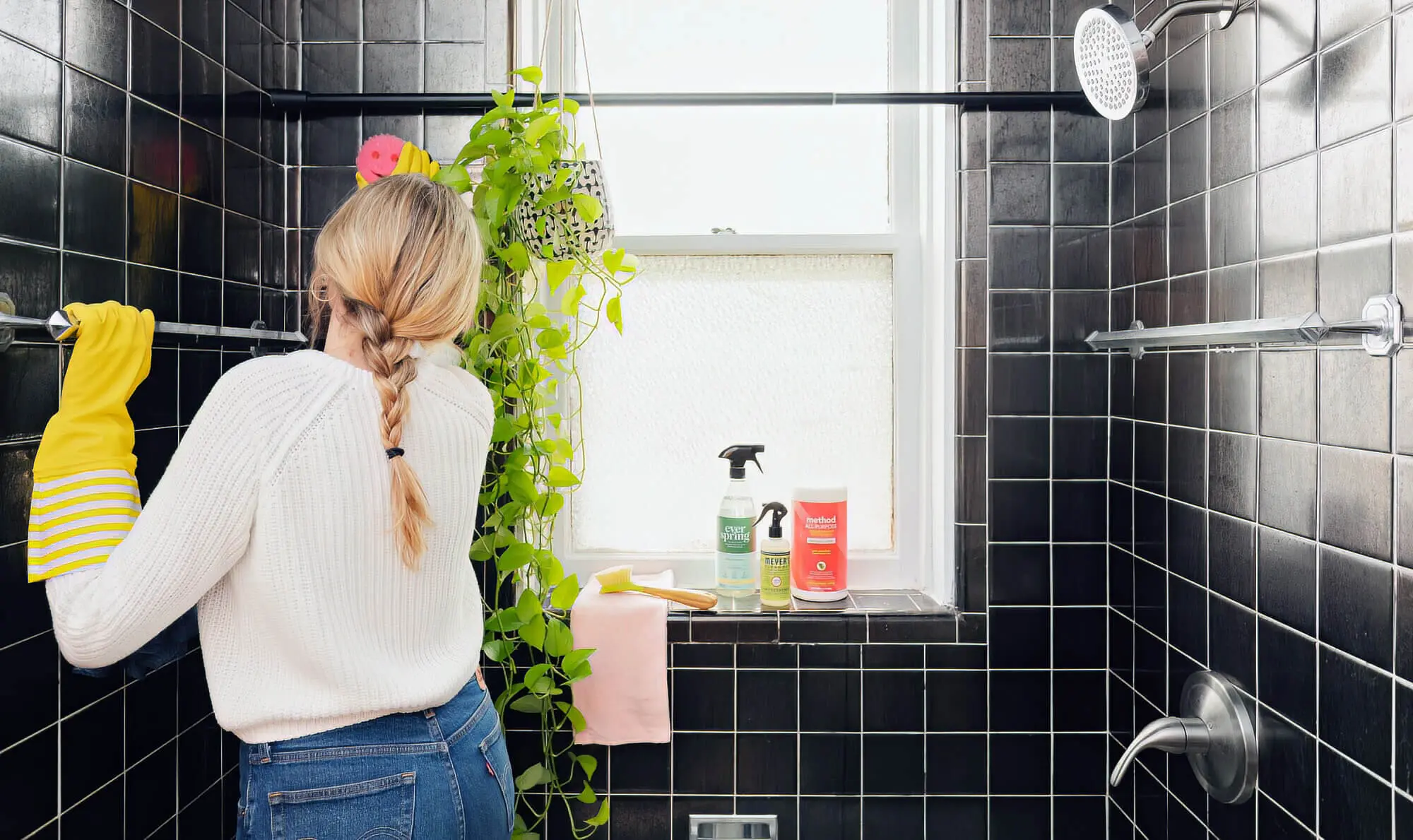
3. Add Plants That Purify Air
Certain houseplants must purify properties that allow them to absorb any moisture in the air. This method can prevent mould growth and dismantle the existing mould.
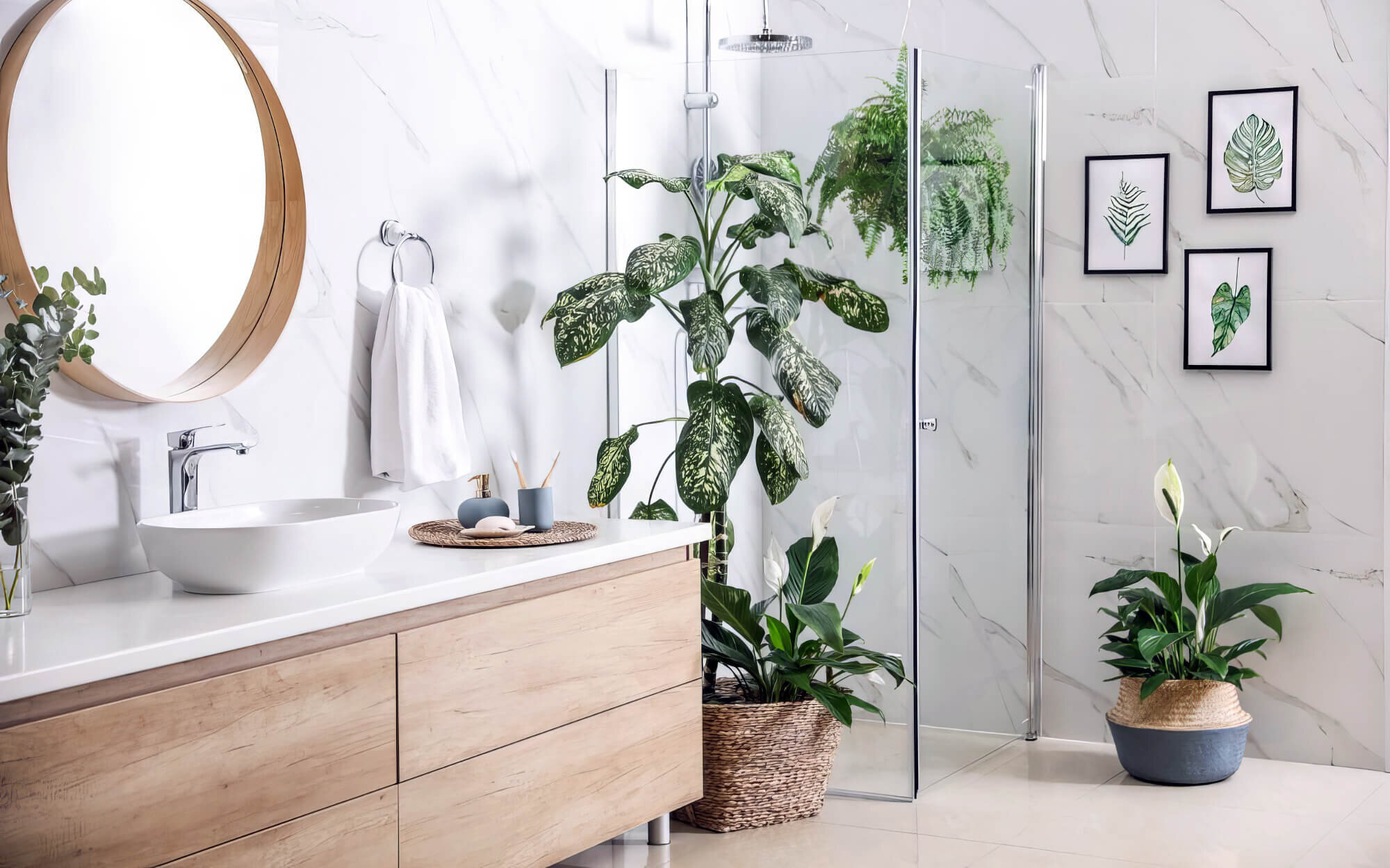
The English Ivy is a popular purifying plant, typically used in smaller bathrooms. You can hang it in a plant pot and place it on one of the bathroom cabinets, whichever you prefer.
Besides English Ivy, plants such as Peace Lilies and Boston Ferns are great at soaking up moisture. Peace Lilies thrive in sunlight, making them perfect for bathrooms with windows.
No windows? No worries. Boston Ferns and Reed Palms adapt well to lower light conditions, offering good alternatives.
4. Clean The Bathroom Regularly
Your bathroom needs regular cleaning to prevent mould, limescale, and bacteria from taking over. Ensuring areas are dry and free from dead skin cells—even the grout—will pay off in the long run.
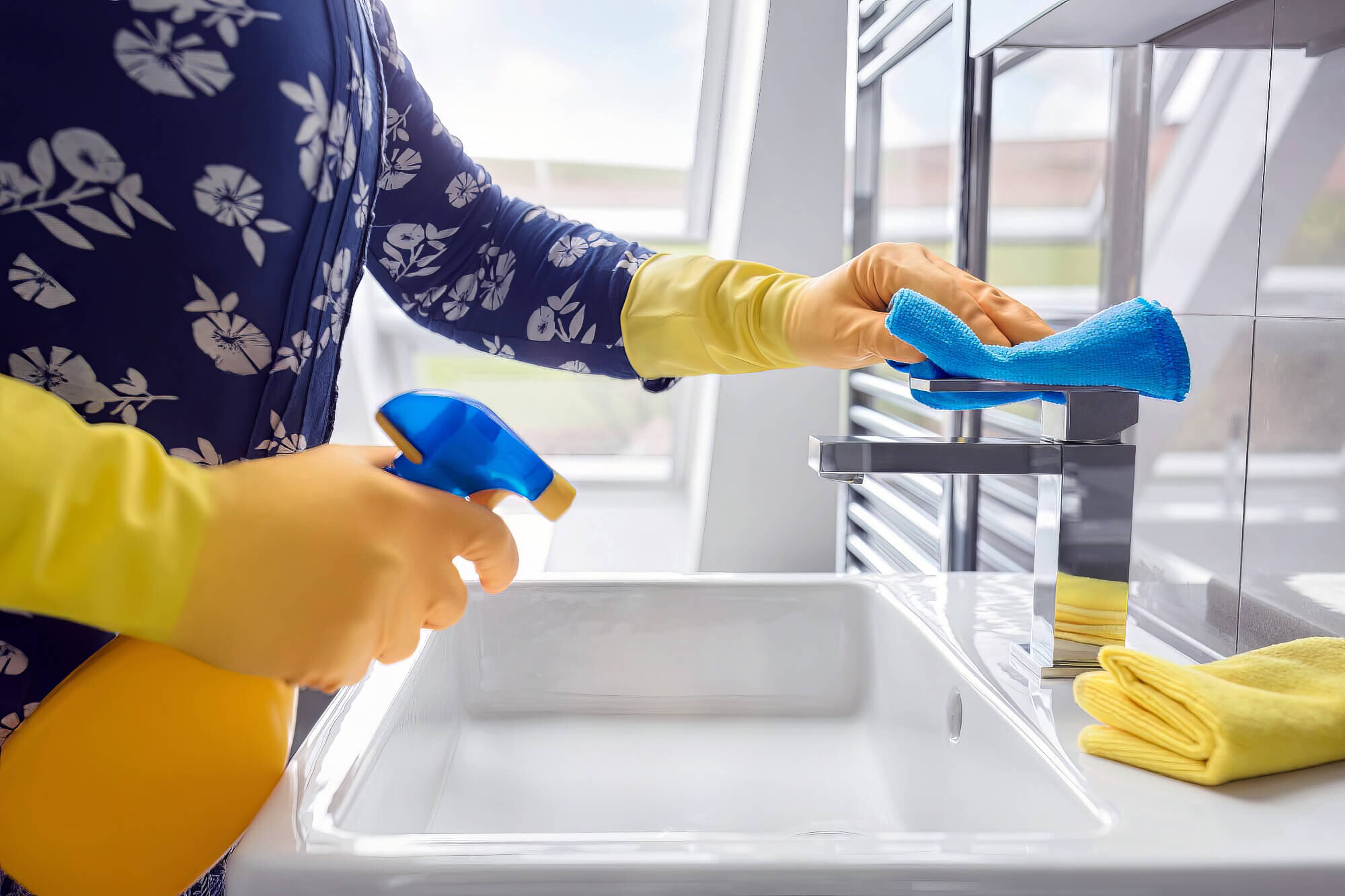
In addition to cleaning the bathroom surface, it’s essential to regularly launder wet towels and bath mats to prevent mould growth and bacterial accumulation. If you notice any foul odours coming from the drains, it’s best to call a professional; be sure to clean them correctly.
There are various DIY methods to do this, or you can call your local plumber.
5. Use Mould-Preventing Paint
Due to common mould build-up issues, many paint manufacturers have included mould-killer additives. Deciding on mould-resistant painted walls can be an extra step to prevent mould, and you can take showers without worrying about retaining moisture.
Mould-resistant paint comes in various colours, especially ones made for bathrooms. This way, you won’t have to compromise on your aesthetic, and you can keep your bathroom protected and kill mould.
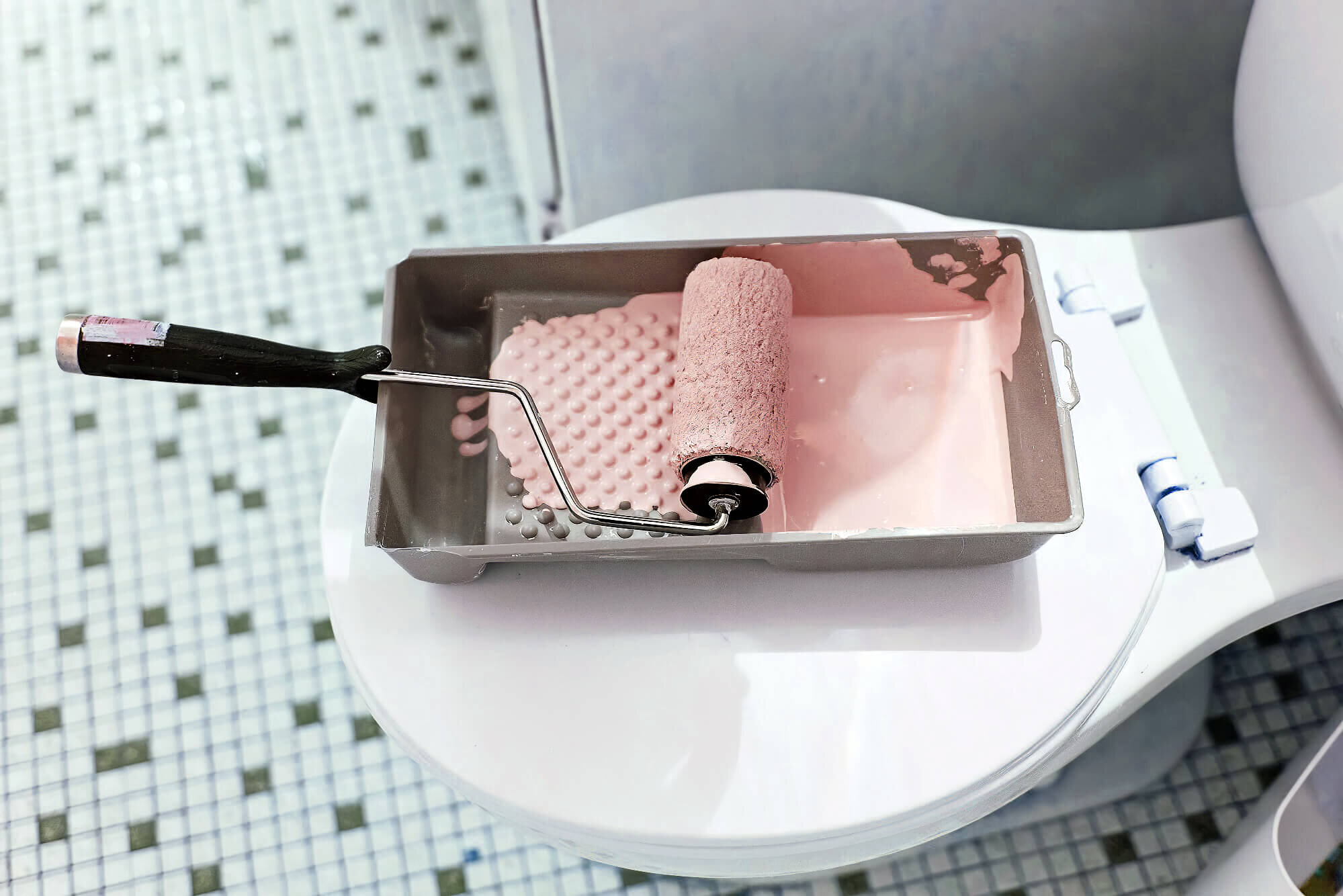
Assessing The Bathroom Mould
In most cases, getting rid of bathroom mould spores is quite a task, especially if you want to refrain from using harmful chemical products. To remove mould, you must first figure out the type of mould you’re dealing with and how severe the problem is. This will enable you to choose the right solution for removing mould.
The most common type of mould found in bathrooms is black, which is also the toughest to remove. Black mould forms in clusters or groups in various spots in the bathroom and can emanate a musty, unpleasant smell.
Though it is the most unappealing one visually, black mould is not as much a threat to your health as other types of mould. Black mould can contribute to health issues if you have allergic reactions, skin irritation, asthma, or other breathing problems. Irrespective of your health condition, you must always ensure eye protection and wear gloves, other snug-fitting protective gear, and face masks while removing black mould.
How To Remove Mould In Bathroom
If preventative measures have failed and mould has already grown in your bathroom, here are steps to remove mit
Use White Vinegar
White vinegar or baking soda is an all-rounder for home cleaning. When you spot visible mould, such as black mould forming, immediately pour undiluted white vinegar onto the affected areas. You can also pour it into a spray bottle and generously spray it on the mould. After treating the area, hot showers can help loosen stubborn mould, allowing it to be washed away more effectively. You can also use hot or warm water to wash away the vinegar and remove any remaining porous materials. Since this is a natural remedy, it might not be enough to tackle more severe mould issues. Chemical mould remover or bleach might be necessary for more severe cases to ensure thorough cleaning.Use Bleach
Bleach is a strong solution if you want to remove stubborn bathroom mould from silicone sealant or grout. Use it with an old toothbrush, a dedicated scrubbing brush, or a cloth. This method allows you to reach those tough areas effectively, clean sensitive surfaces, like grout lines, and remove mould from hard-to-reach, smooth surfaces. Safety precautions are essential when using bleach. Wear protective gloves and face masks, and ensure adequate ventilation by opening windows, as bleach fumes can be hazardous. This is particularly important if you have recently had hot showers, which can trap steam and make the fumes more concentrated.Mould Removing Solution
If white vinegar and bleach fail to remove the mould, you may need a chemical remover. These powerful solutions contain multiple toxic substances that can strip away all traces of mould from your bathroom. While they are effective, take care by wearing gloves and a face mask and ensuring there is ample ventilation by opening windows to let poisonous fumes escape. Gloves are essential, as the harsh chemicals can cause skin burns.
Additional steps that you must follow while using a chemical mould remover are:
- Test the solution in a small area initially.
- Follow the instructions on the bottle carefully.
- Set a timer according to the time mentioned in the instructions.
- Wash the area off with a sponge or damp cleaning cloth.
- Repeat as needed until the mould is completely gone.
If your bathroom sees frequent hot showers, mould can thrive, especially in areas where moisture is trapped. Keeping damp sports gear straight out of the gym in the bathroom, for instance, adds to the humidity and creates perfect conditions for mould to grow. Consider placing ceramic boxes filled with moisture-absorbing materials to help reduce humidity levels and prevent mould growth.
Get Rid Of Mould In Your Bathroom: Removing Mould (DIY)
Bathrooms can cause many health problems, especially mould growth. Getting rid of mould can be difficult once mould settles on the bathroom surface. So, to prevent further struggles, ensure regular cleaning and maintenance of your bathroom.
If the mould build-up has worsened, contact the mould removal specialist at Big Blue Plumbing. We offer emergency services, and as mould experts, we utilise the latest technology to effectively solve your mould problems as specialised mould removal specialists and kill mould. Additionally, we believe in upfront pricing and ensuring every home in Southeast Queensland stays safe and healthy.
Good luck cleaning your bathroom. We will see you next time!



